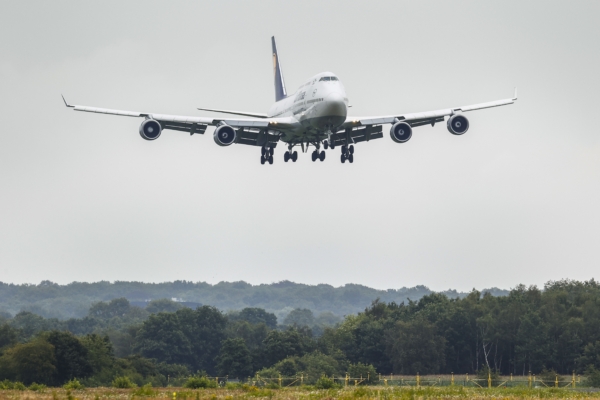Although pilots and flight attendants of airlines are both members of the cabin crew, their responsibilities differ. Pilots are in charge of flying the plane, while flight attendants are responsible for serving passengers. However, in cases of emergency, can flight attendants take control of the aircraft and assist in landing?
According to aviation news website “Simple Flying,” many flight attendants are not interested in sitting in the cockpit or undergoing flight training. However, some flight attendants have received basic flight training, and may even hold a private pilot’s license. In such circumstances, they could potentially assist the pilot in landing the plane during emergencies.
During their training, flight attendants learn basic aircraft terminology to communicate relevant information to the crew in emergency situations. For example, they must be able to identify which engine is on the left and which on the right. They also need to understand various types of weather and basic airport terminology.
Additionally, flight attendants undergo “pilot incapacitation training.” This training allows them to safely remove a sick or incapacitated pilot from their seat if needed. In such a scenario, the flight attendant would occupy the pilot’s seat and consult the appropriate checklists to assist the remaining pilot.
Flight attendants also learn hand gestures for communication, which could be useful in case the remaining pilot needs to communicate with air traffic controllers during the landing.
Some flight attendants undergo flight training while working as cabin crew. This situation is more common for young flight attendants aspiring to become pilots. Holding a private pilot’s license could prove valuable in emergency situations.
In the event of an emergency, such as a pilot becoming incapacitated, the remaining pilot could safely land the aircraft with assistance from the flight attendant. If there are other off-duty pilots on board, their flying skills might also come into play.
If both pilots become incapacitated and there are no other pilots on board, the flight attendant may have to take control, as there would be no other options available.
In such a scenario, the flight attendant would communicate with air traffic control, who may guide them through the use of the autopilot landing function to safely land the plane.
In June 2010, a first officer of American Airlines became incapacitated while on duty on a flight from San Francisco to Chicago. Luckily, a flight attendant who had undergone flight training and held a pilot’s license was able to assist the captain in safely landing the aircraft.
According to ABC News, the Boeing 767 aircraft had 225 passengers on board. After approximately 2 hours of flight, the first officer began to frequently visit the restroom due to a stomach illness, making them unable to continue their duties.
Following standard procedures, the captain checked if there were any off-duty pilots on board but found none. However, he discovered 61-year-old senior flight attendant, Patti DeLuna, who stepped in to help.
DeLuna had obtained a commercial pilot’s license in the 1970s, but she had not flown a plane for 20 years, and her license had expired. She told the Chicago Tribune that she was the best option the captain had. She focused on the issue at hand and did her best to resolve it.
She said, “I don’t consider myself a hero. When you’re on the plane, you’re part of a team. You do what you can to assist.”
The Federal Aviation Administration issues three types of pilot licenses: private pilot’s license, commercial pilot’s license, and airline transport pilot certification.
A person with a private pilot’s license can fly aircraft for recreation but not for compensation. A commercial pilot’s license allows one to serve as a co-pilot on flights and is commonly used to fly small planes for profit, such as banner towing for beach advertisements.
An airline transport pilot certification permits individuals to serve as pilots on commercial planes. Nearly all major airlines require first officers to hold this certification.

